Hi, today we are going to talk about media theory which still has strong practical significance in today’s society.
What is media theory?
I think Marshall McLuhan’s “media and message” theory is closely related to media theory. McLuhan believed that different media are not only information transmission tools, but also shape the content and transmission mode of information, affecting people’s perception, thinking and social structure.
In 2016, a father-daughter photographer made a documentary, China Van Gogh, about Xiao Yong, a man who makes a living by copying Van Gogh’s paintings. He copied Van Gogh’s paintings many times, only to find that the reference photographs had been distorted when he saw the original. The way of media communication leads Xiaoyong to have a deviation in his cognition of Van Gogh’s works.
“Even the most perfect reproduction of a work of art lacks one element: its presence in time and space, its unique presence in a particular place” (Benjamin, 1973, p.214). This example profoundly shows the difference between the understanding of the real art and the photo.
In today’s society, newspapers have also changed. With the progress of the Internet era, people are increasingly using online news instead of print newspapers. Then, can the same information spread through different media ensure that people fully understand it?
We can see the difference in the recent US election, which has captured the world’s attention. E-newspaper coverage updates the US election content in real time, with timely and interactive information more quickly updated. Different users can express their views through the comment section and actively communicate with other readers. Print newspapers, by contrast, are a one-way experience, with information about the U.S. election received in the morning likely to be overwritten by new information at night because print newspapers do not transmit information as quickly. “The way the medium sends information to the receiver determines the power of information” (Laughey, 2007).
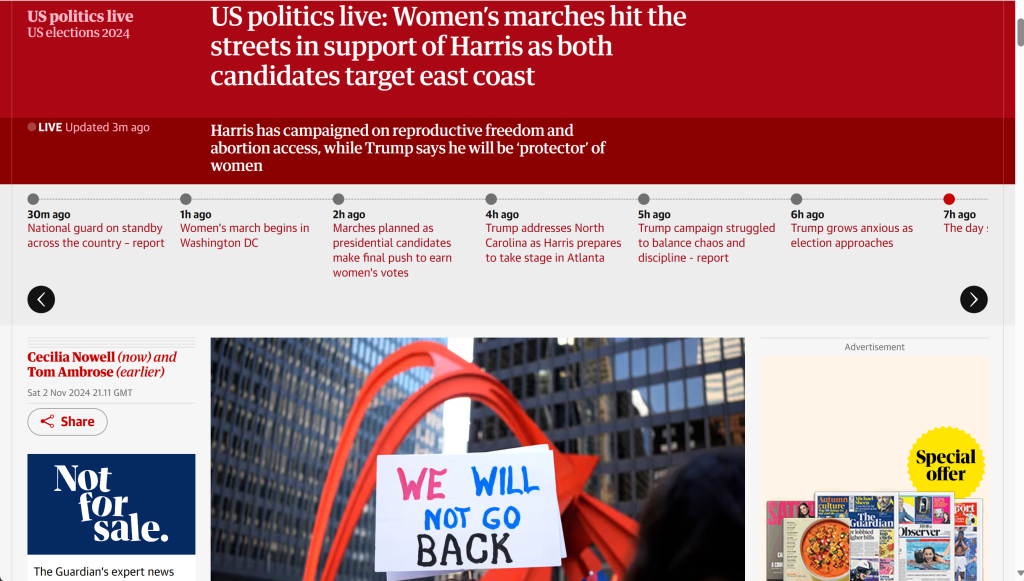
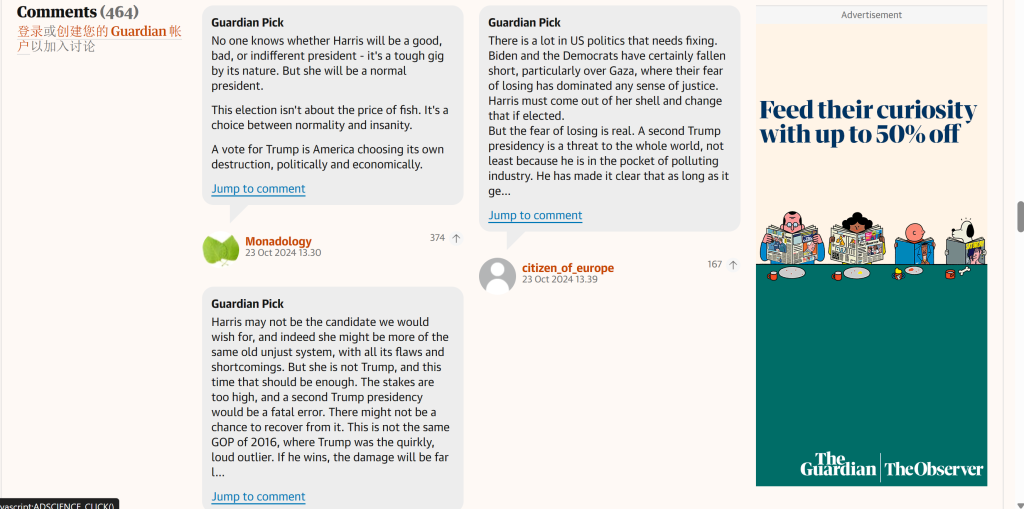
Comments from online readers
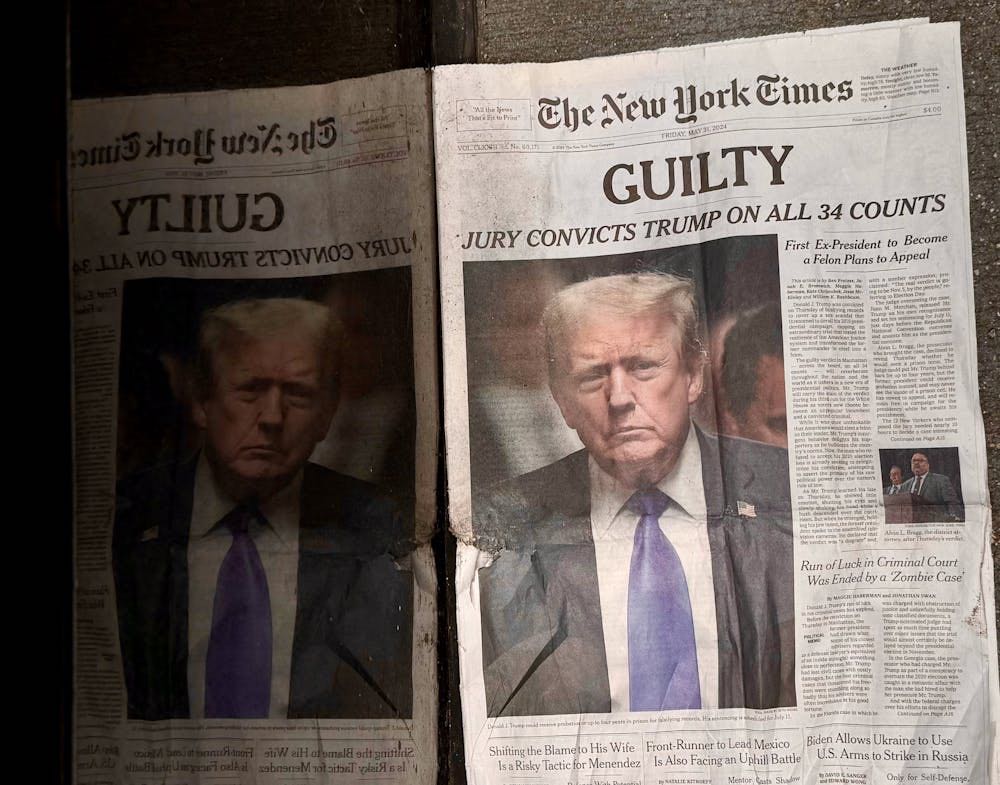
But does an existing medium necessarily have a positive or negative impact?
An authentic work of art is not only a visual experience, but also an entity of history, culture and memory. However, artwork photographs communicate the visual information of the work more quickly through the medium, increasing the accessibility of the work. However, this method also leads to the fragmentation and lack of information, which makes the audience may not be able to fully understand the background and significance of the work.
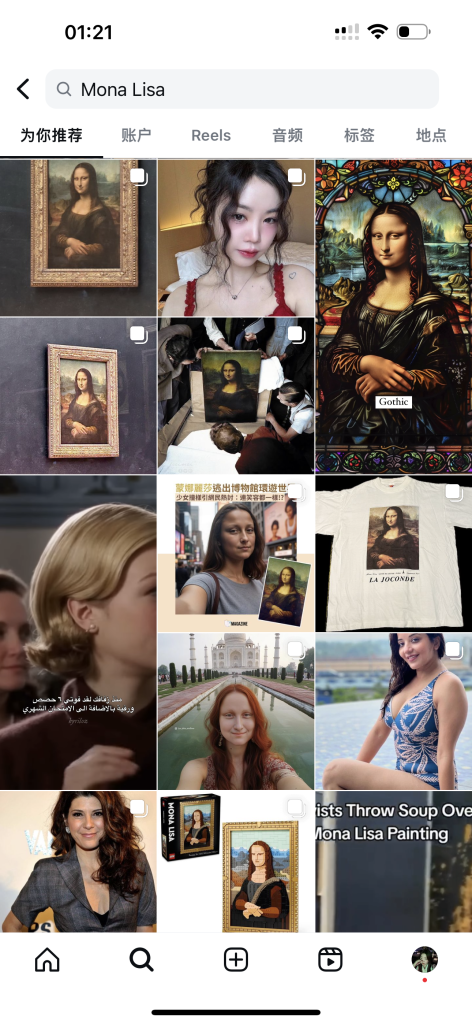
In terms of newspapers, “the values of news print media can still be based on continuous intellectual debate and dialogue” (Laughey, 2007). But in fact, with the rapid development of the Internet, print media is becoming more and more vulnerable. Online electronic newspapers can still promote public discussion, but they also lead to information bubbles and polarization.
In the current society, media theory still plays an important role. Durham (2006) believed that the development of modern society and the internal stability of individuals largely depend on the coordination and balance between communication technology and individual responsiveness. Therefore, we can obtain information through a variety of media, so as to have a more comprehensive and rational view of the information received in this era of information explosion, and have rich ways to evaluate the current information.
Reference
Benjamin, W. (1973). The work of art in the age of mechanical reproduction, in Illuminations. London: Fontana Press: 211– 44.
Durham, M. G. and Kellner, D. M. (2006). Media and cultural studies: Keyworks. John Wiley & Sons.
Eudaimonia. (2016). The Medium is the Message by Marshall McLuhan | Animated Book Review. YouTube. Available from https://youtu.be/gCr2binb4Fs?si=WUj8SoWOWD-tmdxn [Accessed 3 Noverber 2024].
Klinkner, P. (2024). Sure, 2024 has had lots of news – but compared with 1940, 1968 or 1973, it’s nothing exceptional. THE CONVERSATION, 23 July. Available from https://theconversation.com/sure-2024-has-had-lots-of-news-but-compared-with-1940-1968-or-1973-its-nothing-exceptional-235282 [Accessed 3 Noverber 2024].
Laughey, D. (2007). Key Themes in Media Theory. Open University Press.
Perspective. (2022). China’s Van Goghs: The Village That Paints Thousands Of Fakes A Year. YouTube. Available from https://youtu.be/_yxyUi4_Wzo?si=HFH_HbINvIBBEqqj [Accessed 3 Noverber 2024].
The Guardian. (2024). US politics live: Women’s marches hit the streets in support of Harris as both candidates target east coast – as it happened. The Guardian, 3 Noverber. Available from https://www.theguardian.com/us-news/live/2024/nov/02/us-presidential-election-live-donald-trump-kamala-harris-democrats-republicans [Accessed 3 Noverber 2024].
The Guardian. (2024). We’re backing Kamala Harris. She will unlock democracy’s potential, not give in to its flaws. The Guardian, 23 October. Available from https://www.theguardian.com/commentisfree/ng-interactive/2024/oct/23/the-guardian-view-on-the-us-presidential-election-2024-a-democratic-government-is-the-one-we-need#comments [Accessed 3 Noverber 2024].
https://www.bilibili.com/video/BV15t4y1j7u3?vd_source=eb991c8b60f7d691bddad7baf1249127

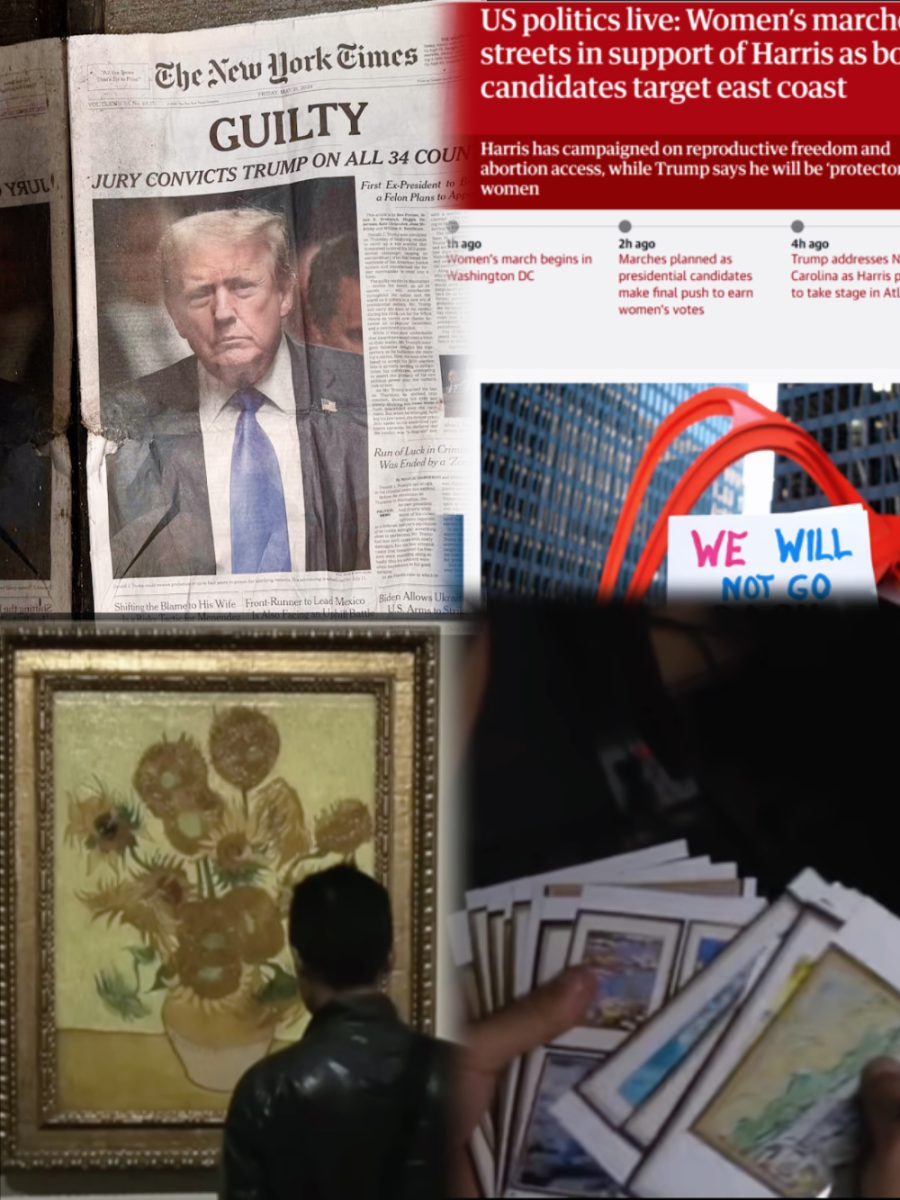
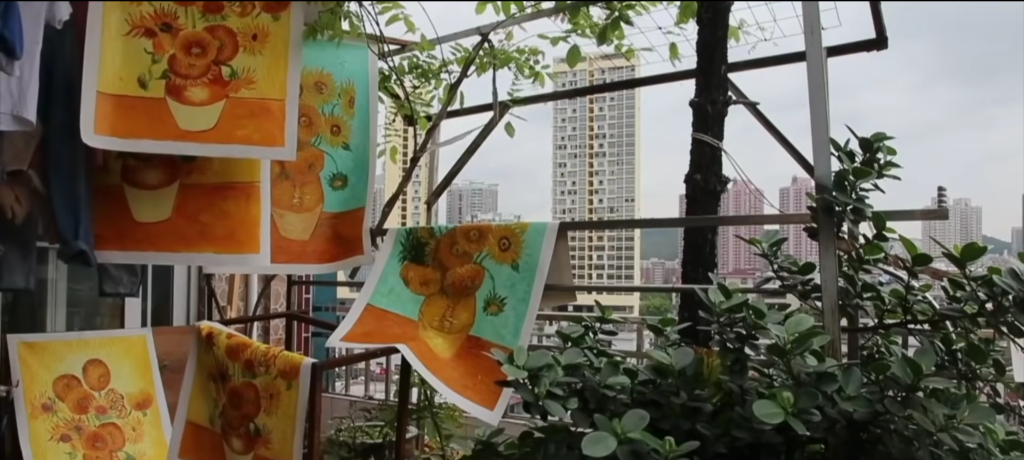
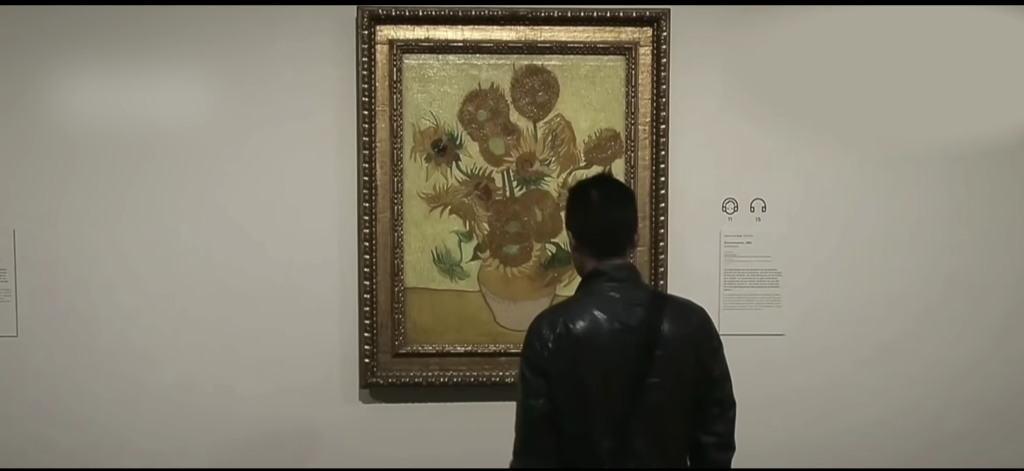

This blog offers a thoughtful look at how media theory still shapes our world. McLuhan’s idea that “the medium is the message” is especially interesting when applied to how we access information now. The examples of how media can change our understanding, like with Xiao Yong’s view of Van Gogh, show how media affects our perception of reality itself.
It’s also intriguing how the blog highlights the risks of “information bubbles” that form in digital media, where people can be surrounded by only certain viewpoints. This can make it harder to get a well-rounded understanding of issues, but it also shows how people now have more control over what they consume. In this sense, the blog points out both the power and challenges of media in modern life.
Overall, this article does a great job showing that while media theory has developed, it remains central in explaining how we connect, share, and understand the world around us.
Hi Yifei Your post demonstrates the practical relevance of media theory in contemporary society through the application of McLuhan’s ‘the medium is the message’ theory. In particular, your choice of cases
-China’s Van Gogh and US election coverage, not only fit the theory, but also analyze the similarities and differences between traditional and modern media in information dissemination through comparison, providing readers with a deep understanding. This combination of theory and practice nicely highlights the central role of media in shaping perceptions and social structures.
Your discussion of the cognitive biases created by the reproduction of artwork in Van Gogh in China is very thought-provoking. As you mentioned, the way the medium communicates not only affects the perception of art, but also changes the audience’s understanding of authenticity and reproduction. This analysis broadens the scope of application of the theory and demonstrates your deep grasp of media theory. In addition, your comparison of rapidly updated electronic news with traditional newspapers, which have always emphasized in-depth analysis, also clearly reveals the strengths and weaknesses of the two media in social dialogue and information dissemination. This layered analysis demonstrates the rigor of your logical thinking and academic acumen.
However, I think your essay could further explore the issue of ‘media bias’ in information dissemination. For example, although e-news emphasizes real-time and interactivity, does it also exacerbate the spread of ‘information cocoons’ or ‘fake news’?
This point may be more helpful in understanding the double-edged role of media in shaping contemporary social perceptions. In addition, with regard to the section on McLuhan’s theory, you could have added an exploration of how the digital age has redefined the relationship between the content of the message and the power of the medium.
Overall, your blog is well structured and analyzed, and you are able to effectively apply media theory to the discussion of contemporary phenomena, while raising insightful questions that inspire further reflection.
This blog really considers how media theory gives different experiences to consumers . An excellent example is talked about with artwork and how we see it. You talk about how people would not have the same experience viewing the painting in real life and a photo.
John Durham Peters argues that photos are media as well. so another angle you could of explored was is the digital media platforms helping to promote artwork or not and can we appreciate what we see more because of our devices or not.
I do agree with you when you say analogue like print newspapers give us a one way experience, yes as how can we question and see what we we feel compared to a digital platform,
on the whole a good blog